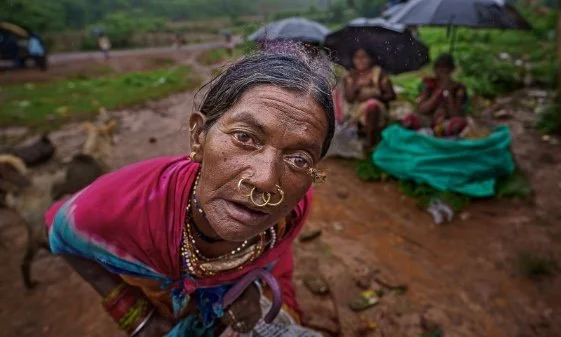Government Wants to Push Hindi in Tribal Schools
Schools in Tribal Regions Ordered to Promote Hindi
October 17, 2025
The Union Ministry of Tribal Affairs has directed government-run residential schools in tribal areas to promote Hindi among students. The order appears to impose language from above, brushing aside the cultural and linguistic rights of tribal communities and eroding the Constitution’s promise of plural and inclusive education.
Eklavya Model Residential Schools to promote Hindi among Adivasi students by involving teachers of non-language subjects as Hindi instructors. This measure signals a forced language imposition that disregards the cultural and linguistic rights of tribal communities and weakens constitutional commitments to pluralism and inclusive education.
The directive by the National Education Society for Tribal Students (NESTS), as reported by The Wire, instructs all Eklavya Model Residential Schools to ensure that every teacher, whether of science, mathematics or social studies, promotes Hindi across subjects, regardless of their expertise. Each school is to set up a “Hindi language room” and organise activities like essay competitions and poetry readings. Radios, televisions and other devices are to be used as tools for Hindi instruction. The instructions apply to all Eklavya schools, whether in Hindi-speaking regions or not.
Eklavya Model Residential Schools were set up to offer quality education to Adivasi children while protecting their cultural and linguistic identity. Today, 485 of these schools operate across 26 states and Union territories, including non-Hindi regions such as Kerala, Karnataka, Mizoram and Nagaland.
NESTS reportedly claims the policy arose from an analysis of students’ Hindi performance and rests on an “ongoing dialogue” with stakeholders. But it remains unclear which experts were consulted or what evidence was relied on. Meanwhile, concerns have surfaced about discrimination against students unfamiliar with Hindi and the psychological strain of being made to learn in a language not their own.
Since 2023, teacher recruitment for these schools has been centralised and moved under NESTS’ control, with Hindi proficiency made mandatory. Although the requirement was marginally relaxed following criticism from political leaders like DMK’s Tiruchi Siva, the revised policy still includes Hindi as one of three compulsory languages for language eligibility, placing pressure on non-Hindi speakers, noted The Wire. Teachers are now being sent to regions where they cannot speak the local or Adivasi languages.
his looks like a political move to make language uniform by pushing Hindi in every classroom. Teaching it across states where few speak it weakens India’s federal structure. For Adivasi students, it means their own languages, already ignored in schools, are pushed further out. Language is how people see themselves and their place in the world. Enforcing Hindi in its place cuts against the Constitution’s promise of a country made up of many voices.
The policy also makes it harder for children to learn. Studies in psychology and language show that children learn best in their mother tongue. The National Education Policy (NEP) 2020 says the same. But in practice, the system seems to be moving the other way. It assumes that knowing Hindi is key to doing well in school, even for Adivasi children who do not speak it. This mismatch may leave them confused, falling behind and possibly out of school.
The policy also creates operational problems. Requiring Hindi for teacher recruitment shrinks the number of qualified candidates, especially in the South and Northeast. It keeps out local teachers who speak tribal or regional languages but lack fluency in Hindi. This weakens both the quality of teaching and the link between schools and the communities they serve. In Telangana, students have already raised complaints about lessons in physics and chemistry being taught in Hindi, instead of English or a language they understand, according to The Wire.
This marks a shift from protecting cultures to folding them into a single language plan set from the top. It sidelines local communities and goes against Articles 29 and 30 of the Constitution, which protect minority cultures. It also breaks with Article 350A, which asks states to support teaching in the mother tongue at the primary level.
Hindi may be offered as an option but must not displace mother tongues or local languages in teaching. Training and curriculum plans should support the use of multiple languages in the classroom.
The National Commission for Scheduled Tribes should look into how these language and hiring rules are affecting Adivasi students. The National Commission for Protection of Child Rights should also ask whether forcing an unfamiliar language is harming the minds and learning of tribal children.
You have just read a News Briefing by Newsreel Asia, written to cut through the noise and present a single story for the day that matters to you. Certain briefings, based on media reports, seek to keep readers informed about events across India, others offer a perspective rooted in humanitarian concerns and some provide our own exclusive reporting. We encourage you to read the News Briefing each day. Our objective is to help you become not just an informed citizen, but an engaged and responsible one.

